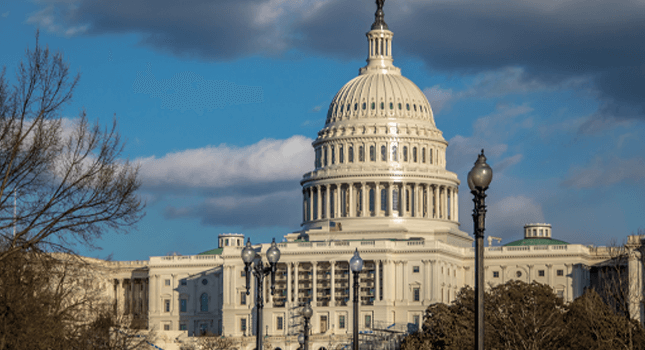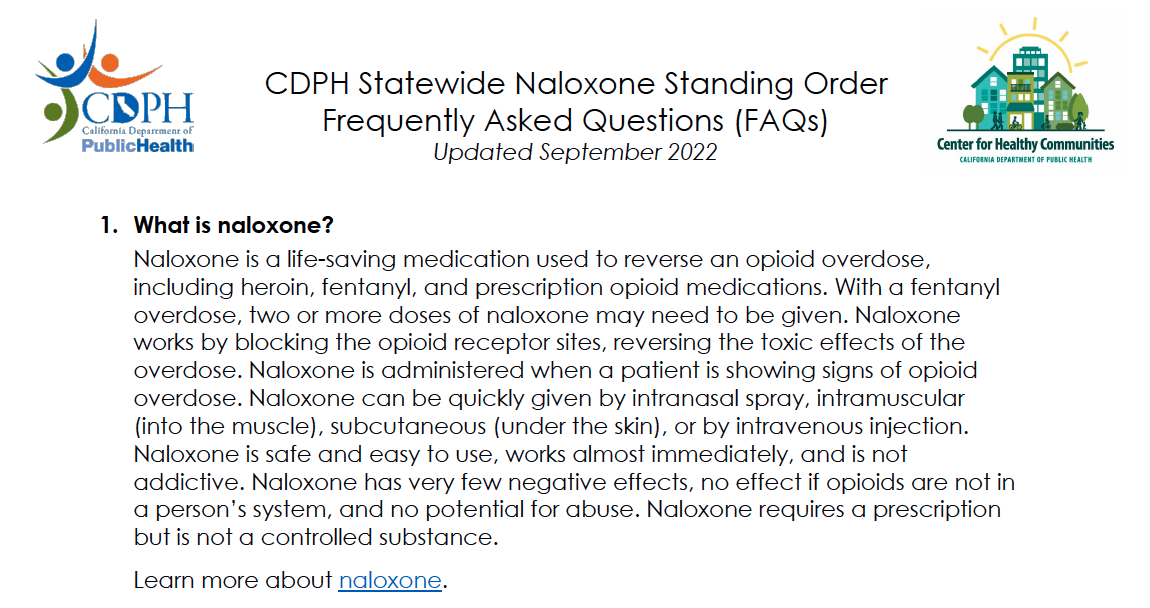This resource is provided by ACSA Partner4Purpose Fagen Friedman & Fulfrost, LLP (F3).
Education leaders have requested that Fagen Friedman & Fulfrost (F3 Law) address frequently asked questions related to the national movement among high school students to organize campus walkouts.
F3 Law is proud to partner with hundreds of public education organizations. From this partnership, we understand that every district strives to help students achieve their best − academically, socially and emotionally − and to become responsible and engaged citizens. To this point, we strongly advise school leaders to work with their students, identifying meaningful and productive strategies to make their voices heard. While there is a call to action to join walkouts, trusted educators can help students understand the many ways they can have their voices heard − from letter writing campaigns and meetings with political leaders to on-campus rallies to which they invite the media and elected officials.
The recent school shooting tragedy has understandably prompted emotion and motivated engagement; however, this compelling circumstance does not change the fact that students are required by law to be in school during the school day, and that staff are expected to fulfill their job duties, even if they also wish to demonstrate during the work day.
Q: What are the consequences of leaving class for students? For staff?
A: Students voluntarily electing to leave class/campus without authorization are truant and subject to appropriate consequences. The fact that the students are leaving to demonstrate is immaterial. For staff, leaving class, school premises, and/or abandoning their position/duties without authorization may constitute insubordination, failure to perform assigned duties, and absence from duty without leave. Again, the fact that staff may have left for the purpose of demonstrating is immaterial. Consequences may include appropriate disciplinary action, including reprimands or notices of unprofessional conduct, and, in egregious cases, suspension and/or termination.
Q: Can staff accompany students if they leave campus during the school day to demonstrate?
A: Generally, California law imposes a duty on school districts to carefully supervise students while they are on school premises during the school day and districts may be held liable for injuries caused by the failure to exercise such care. Staff are permitted to, and often do, accompany students when students leave school premises for school-related activities, including field trips. However, absent authorization from an employee’s supervisor, school staff generally may not leave campus to accompany students, even if the purpose is to follow students who miss class to demonstrate. In fact, doing so could potentially create an obligation on the part of the staff member to ensure student safety while off campus, something the staff member may be unprepared and/or incapable of doing under the circumstances, thereby unintentionally exposing the school district and the employee to liability for resulting injuries and/or damages. Therefore, District and site administrators should determine whether staff will accompany students and, if so, ensure that the identified staff members are properly informed of − and prepared for − their expected duties during a walkout.
Q: Is it appropriate to connect with student leadership to discuss plans for a “walkout”?
A: We recommend that school site administrators reach out to student leaders to discuss any plans for a walkout and to suggest alternative ways to accommodate student interest in demonstrating that will be less disruptive of learning and instructional time. If a walkout during school hours cannot be avoided despite all reasonable attempts to stop it, we recommend that schools make clear that they cannot endorse the walkout, as they have an obligation to encourage school attendance and keep students safe on campus.
Q: Will we lose ADA if students leave class? Campus?
A: Generally, school districts lose ADA when a student is absent for the day. However, with regard to students missing one class or half the day, the impact on district ADA will depend on how the school district is recording and reporting attendance.
Q: What if teachers walk out as well?
A: Teachers may not abandon their duties during their work day and if they do so, they could be subject to appropriate disciplinary action.
Q: Are teachers required to stay behind to provide educational minutes to those who choose not to participate?
A: Yes, teachers are required to perform their duties, including providing instruction to students who choose not to demonstrate.
Q: If students walk off/demonstrate off campus during the school day are we responsible for their safety? After school?
A: Education Code section 44808 provides that a school district will not be responsible or liable for the conduct or safety of any pupil when such pupil is not on school property unless: (1) the district has undertaken to provide transportation for such pupil to and from school premises; (2) has undertaken a school-sponsored activity off the premises; (3) has otherwise specifically assumed such responsibility or liability; or (4) has failed to exercise reasonable care under the circumstances. Accordingly, school district responsibility for student safety off campus during a walkout will depend upon the unique set of facts and circumstances surrounding the school and/or district’s actions.
Further, while school districts are responsible for what generally occurs during the school day and on school premises, courts have held that a district can be liable for injuries sustained off campus that are proximately caused by the district’s failure to exercise reasonable care under the circumstances. Because it is likely that students leaving campus to participate in a walkout are entering a less controlled, more dangerous environment, districts likely have a duty to try to persuade students to stay on school premises, where they can be supervised. However, we generally do not advise that district personnel use force to prevent students from taking part in a walkout, as that could create an even more dangerous situation. Further, if the school or district promotes or endorses a walkout (or appears to promote or endorse it through silence or other action/inaction), this may be used as evidence against the district should there be any injuries or damages sustained as a result of the walkout.
Finally, districts should consider whether to alert local law enforcement to the potential walkout. In many communities, coordination with local law enforcement and a law enforcement presence during the walkout reasonably may be expected to enhance student safety during the walkout, away from campus. However, we encourage each district to consider local conditions, attitudes and relationships when making this decision.
Q: Are there risks to the district if they help organize walkouts and off-campus rallies?
A: Yes, if a school district helps organize walkouts and off-campus rallies, as explained above, the district may be liable for failure to exercise reasonable care with regard to the supervision and safety of students. By assisting in organizing walkouts and off-campus rallies, a court could deem the events to be district-sponsored and hold a district liable for any harm or injury proximately caused by the action and/or inaction of the district. Of course, liability analysis is complex and highly dependent on the factual circumstances presented in each case. But, in general, the more a district assists or supports a walkout, the greater the chances a jury/court would determine that the district is responsible for any injuries or damages.
Q: How much information should be put out to the community with specifics regarding active shooter drills, safety precautions already in place, etc.?
A: Districts will need to balance a variety of interests in determining the extent specific information may be disclosed to the public regarding school safety plans, most importantly the impact disclosure will have on the integrity and effectiveness of adopted procedures and protocols in the event of a school emergency. Notwithstanding, the community should be provided enough information to understand that security measures are in place to protect students and staff. School districts should review their school safety plans, practices and drills to ensure that they are adequate and that staff are appropriately trained.
This is a summary only and not legal advice. If you have specific questions, it is advised that you consult with legal counsel to determine how this information may apply to your specific facts and circumstances.
These FAQs are from the Alameda County Office of Education and Fagen Friedman & Fulfrost LLP.





























